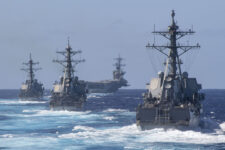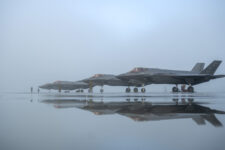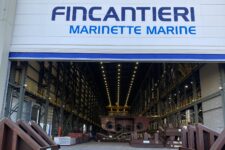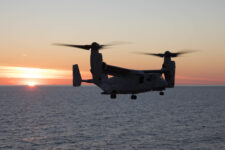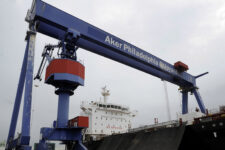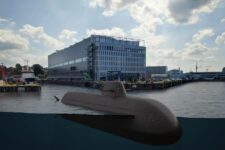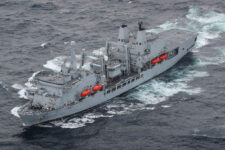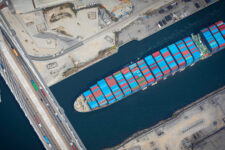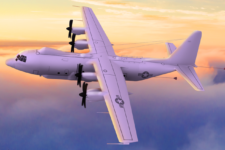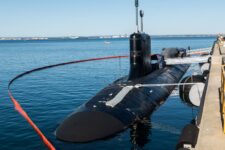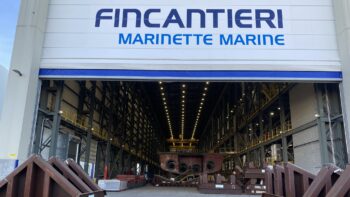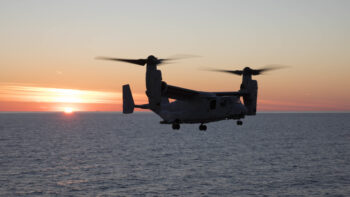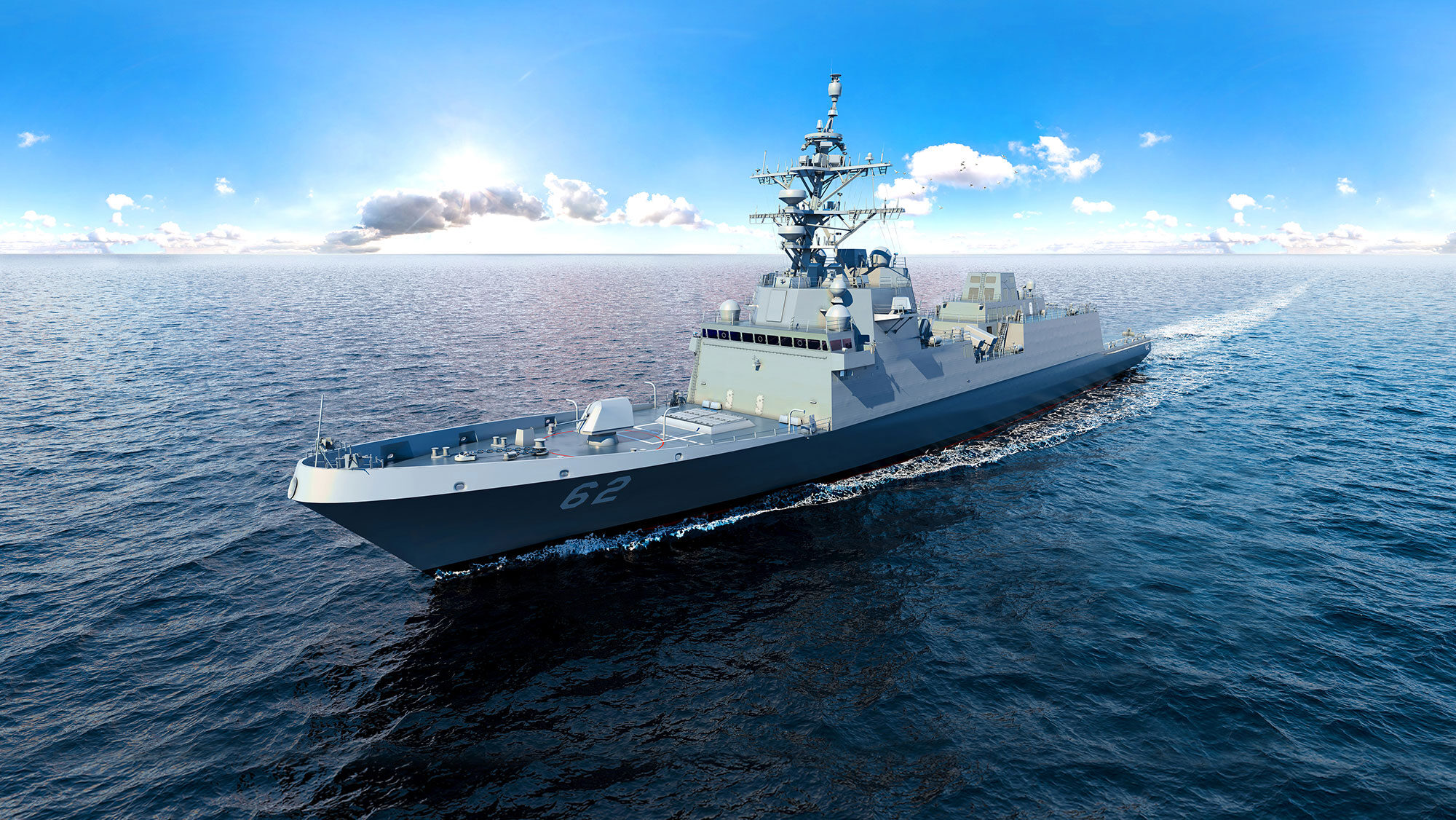
The Future USS Constellation (FFG 62), lead ship of the class, began construction by Fincantieri Marinette Marine in 2022 (Fincantieri)
BELFAST — Norwegian shipbuilder Vard, a subsidiary of Italy’s Fincantieri, has stepped up efforts to offer a version of the US Navy Constellation-class design to Norway for the Nordic nation’s much-anticipated frigate acquisition, which is expected to cover a minimum of five new frigates to replace its aging Fridtjof Nansen-class fleet.
On Monday, Bjørn Arild Gram, Norway’s minister of defense, and Trygve Slagsvold Vedum, the country’s finance minister, toured the Vard Langsten shipyard in Tomrefjord in western Norway where they and Vard officials discussed frigate procurement and “long term” national defense plans, according to a Vard statement.
“Our sister company Fincantieri Marine Group (FMG) is currently building Constellation-class frigates for Norway’s strongest and closest ally, the USA,” said Ronny O. Langset, yard director at Vard Langsten. “This makes VARD the natural choice for any possible construction of frigates in Norway.”
Gram spoke warmly of the local shipbuilder’s pedigree and capabilities but stopped short of making any commitment regarding the frigate program.
“We are now embarking on a significant maritime initiative, and through its deliveries to the Norwegian Navy over several years, VARD has proven that they can deliver quality,” he is quoted as saying in the Vard release. “They are now positioning themselves well to continue doing so in the future.”
Norway is also part of well-established US naval based programs, through investment in Lockheed Martin’s Aegis Integrated Weapon Systems and MH-60R Seahawk helicopters.
“The operational advantages are many for both the USA and Norway,” added Vard, on the potential of a Norwegian Constellation-class purchase.
“Building the frigates and the standard fleet in Norway will provide short lead times and ripple effects to several local communities, subcontractors, and suppliers — and Norway’s economy,” it added.
Such a position sits somewhat uncomfortably with the reality of the US Navy’s Constellation-class program, with Fincantieri as much as 36 months behind schedule, against original construction estimates.
Intended to replace the Navy’s Littoral Combat Ships, Washington has so far approved procurement of six Constellation-class vessels, evolved from the Italian FREMM design, through fiscal 2024, according to the Congressional Research Service [PDF].
The program is currently under heavy scrutiny by Congress and outside observers like the Government Accountability Office (GAO) because the Navy opted to make a significant number of changes in the design from the original FREMM vessel.
It also appeared any Norwegian firm would face an uphill battle to win the competition in Oslo after Norway’s chief of defense, Eirik Kristoffersen, said publicly in April that he does not want new frigates to be based on a “Norwegian solution,” as allied interoperability was key.
But in addition to Vard’s statement emphasizing its sister company’s ongoing work with the US Navy, in a statement to Breaking Defense a spokesperson said Kristoffersen’s comments were “not a concern,” because “Vard and Fincantieri are not presenting a ‘Norwegian solution’.”
Oslo is expected to make a downselect decision, “to a handful” of competitors, “very soon,” added the spokesperson. “After this the process will continue towards a final selection. It is indicated that Norway wants a fast decision,” the spokesperson said, adding that a production contract award could be made in “late 2025 or early 2026.”
The Norwegian Ministry of Defence did not respond to a request for comment.
Vard faces competition from other internationally renowned shipbuilders. The UK’s BAE Systems is offering the Type 26 antisubmarine warfare frigate, while France’s Naval Group has pitched a FDI design, and Damen Group from the Netherlands leans on its ASWF type.
Oslo signaled in April that, “in terms of money, the strengthening of the Navy is the largest investment” from a new long-term defense plans, which together with the frigate acquisition also includes a plan to procure five submarines.
Justin Katz in Washington contributed to this report.
The terror of war, a helo crash mystery and the business of defense: 5 Middle East stories from 2024
From eye-witness accounts of the Israeli invasion of Lebanon to a rare appearance of Iranian weapons at a foreign arms expo, there’s a selection of Breaking Defense’s Middle East coverage.


